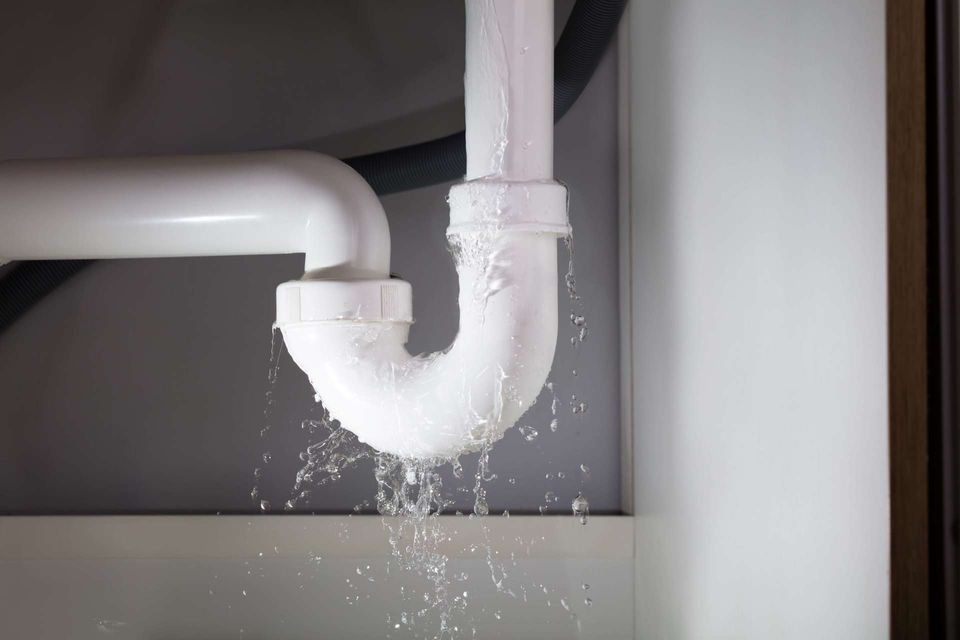Overview To Water Leakage Detection In Your Home
Overview To Water Leakage Detection In Your Home
Blog Article
What're your thoughts regarding Finding hidden leaks?

Early detection of dripping water lines can mitigate a potential calamity. Apart from conserving you cash, it will reduce the aggravation and stress. The moment you find a leak, calling your plumber for repairs is the very best remedy. However, some little water leakages may not show up. Here are some hacks that help if you can not spot it with your nude eyes.
1. Take A Look At the Water Meter
Checking it is a surefire way that aids you find leakages. If it moves, that indicates a fast-moving leak. This implies you might have a slow-moving leakage that might even be underground.
2. Inspect Water Usage
If you identify unexpected adjustments, in spite of your intake being the very same, it means that you have leakages in your plumbing system. An unexpected spike in your expense shows a fast-moving leakage.
On the other hand, a stable rise every month, despite the same practices, shows you have a slow leakage that's additionally gradually escalating. Call a plumber to thoroughly examine your home, especially if you feel a cozy area on your flooring with piping underneath.
3. Do a Food Coloring Test
30% comes from toilets when it comes to water consumption. Test to see if they are running correctly. Decrease specks of food color in the container as well as wait 10 minutes. If the shade in some way infiltrates your dish during that time without flushing, there's a leakage in between the tank as well as bowl.
4. Asses Outside Lines
Do not neglect to inspect your outdoor water lines as well. Test faucets by attaching a garden pipe. Must water leak out of the link, you have a loose rubber gasket. Replace this and ensure all connections are tight. If you've got a lawn sprinkler, it will certainly aid get it properly analyzed and also kept yearly. One small leak can waste lots of water as well as spike your water costs.
5. Inspect and also Analyze the Circumstance
House owners need to make it a routine to inspect under the sink counters and even inside cupboards for any type of bad odor or mold development. These 2 red flags suggest a leak so timely attention is needed. Doing routine assessments, also bi-annually, can save you from a major issue.
Examine for stainings and deteriorating as many pipelines as well as devices have a life expectancy. If you presume leaking water lines in your plumbing system, do not wait for it to rise.
Early detection of dripping water lines can reduce a possible catastrophe. Some little water leaks might not be noticeable. Inspecting it is a proven way that assists you discover leaks. One little leak can lose loads of water and also spike your water expense.
If you believe leaking water lines in your plumbing system, don't wait for it to rise.
WARNING SIGNS OF WATER LEAKAGE BEHIND THE WALL
PERSISTENT MUSTY ODORS
As water slowly drips from a leaky pipe inside the wall, flooring and sheetrock stay damp and develop an odor similar to wet cardboard. It generates a musty smell that can help you find hidden leaks.
MOLD IN UNUSUAL AREAS
Mold usually grows in wet areas like kitchens, baths and laundry rooms. If you spot the stuff on walls or baseboards in other rooms of the house, it’s a good indicator of undetected water leaks.
STAINS THAT GROW
When mold thrives around a leaky pipe, it sometimes takes hold on the inside surface of the affected wall. A growing stain on otherwise clean sheetrock is often your sign of a hidden plumbing problem.
PEELING OR BUBBLING WALLPAPER / PAINT
This clue is easy to miss in rooms that don’t get much use. When you see wallpaper separating along seams or paint bubbling or flaking off the wall, blame sheetrock that stays wet because of an undetected leak.
BUCKLED CEILINGS AND STAINED FLOORS
If ceilings or floors in bathrooms, kitchens or laundry areas develop structural problems, don’t rule out constant damp inside the walls. Wet sheetrock can affect adjacent framing, flooring and ceilings.
https://www.servicemasterbyzaba.com/blog/how-to-detect-water-leakage-in-walls/

As a reader on Hacks to detect leaks, I was thinking sharing that topic was a good idea. Are you aware of somebody who is interested by the subject? Why not promote it. Many thanks for your time. Come back soon.
Report this page